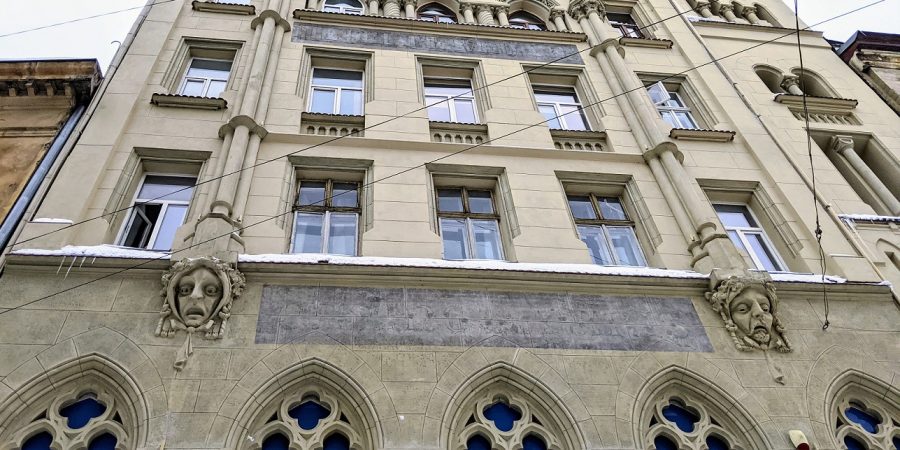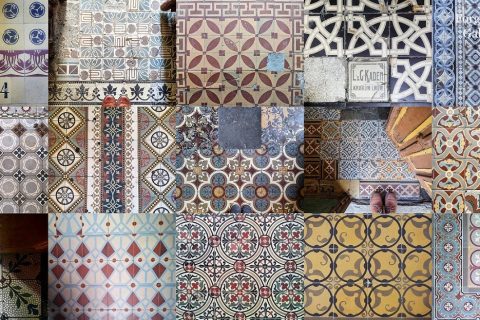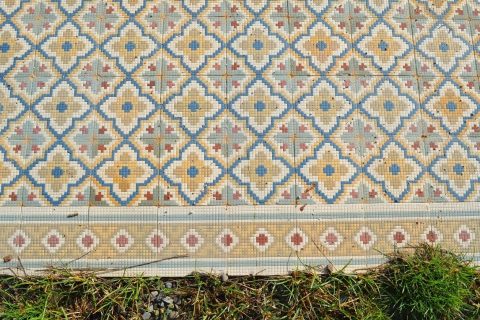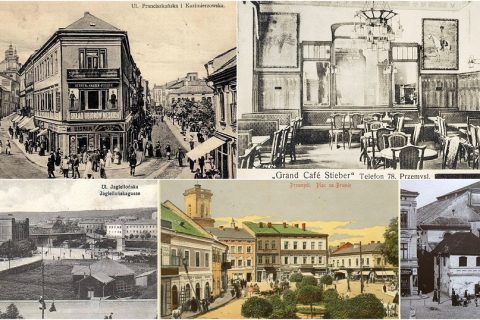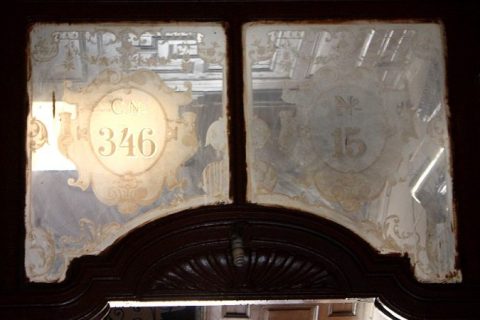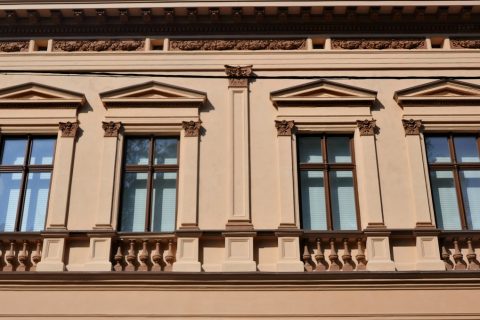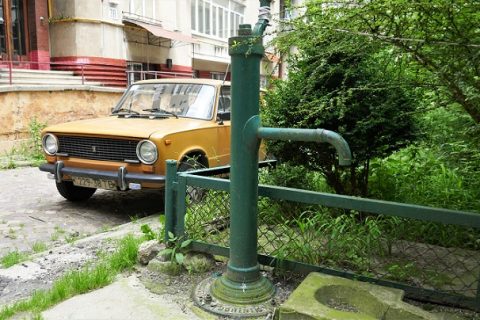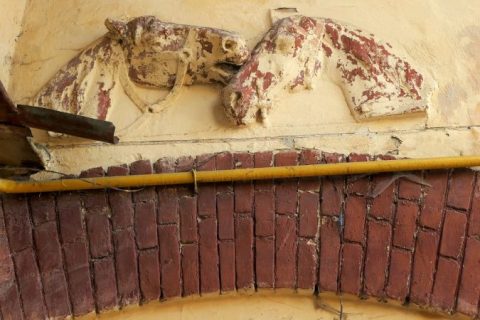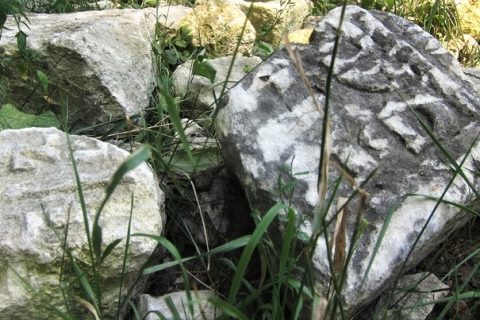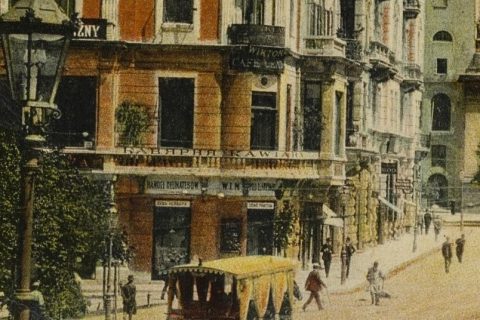The Casino de Paris: A Separate Multicultural Galician World
Below is a translation of Daryna and Volodymyr Olshansky’s “The History of One Theater,” published Feb. 2, 2021, on Zbruc “In the center on the left side of Lesia Kurbasa Street in Lviv there is a building that you cannot pass by without noticing — the eye will first linger […]
Read More
